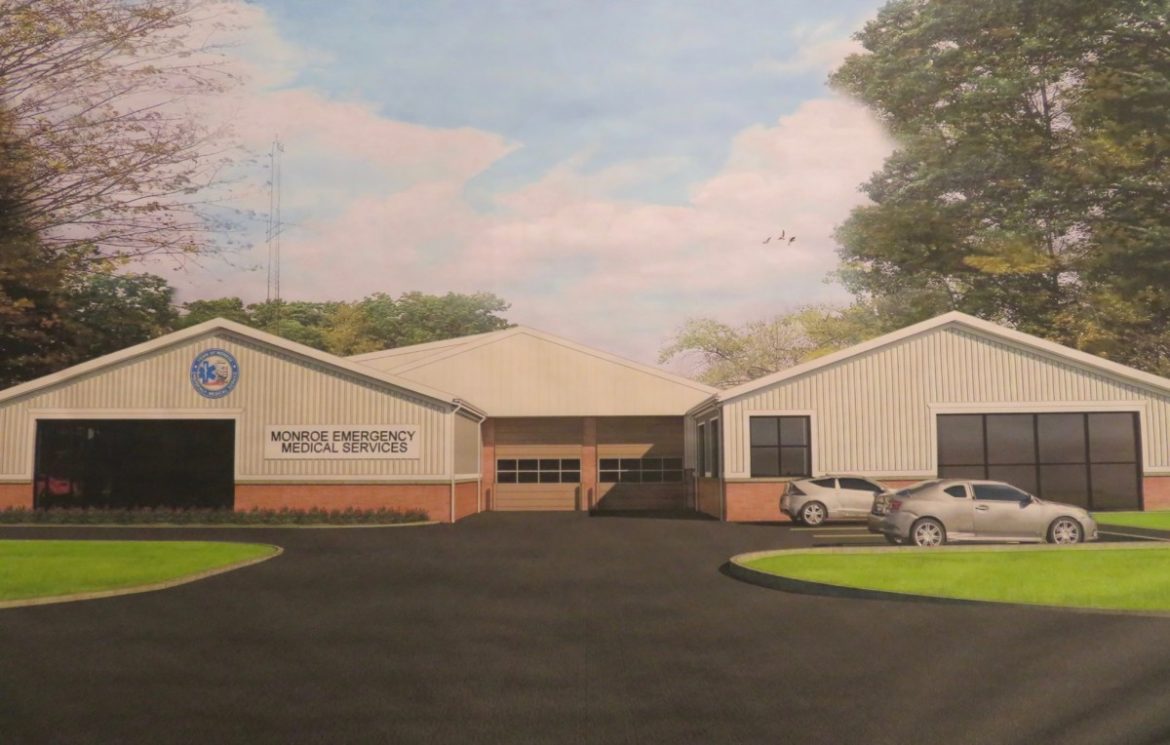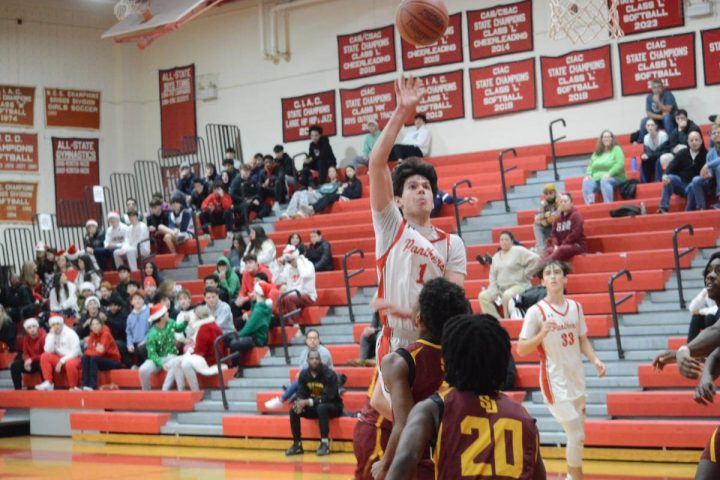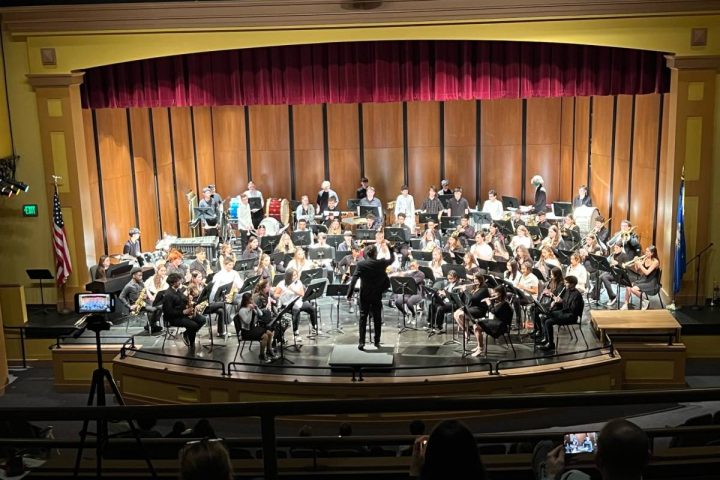MONROE, CT — Voters will decide on a $4.1 million bonding issue for the renovation and addition to the Monroe Volunteer Emergency Medical Service’s headquarters at Jockey Hollow Firehouse during a Town Meeting on June 28.
The Town Council unanimously voted in favor of the resolution for the building project Monday night. The total budget is $4,559,079. In addition to the bonding, the town would use a $500,000 Small Town Economic Assistant Program grant.
“From the very beginning, this project was about meeting the needs of the volunteers and the service, without a lot of bells and whistles,” First Selectman Ken Kellogg said.
Kellogg said the project is being done in a way that respects the area it is in — a residential neighborhood at 54 Jockey Hollow Road, with all of the required property setbacks.
The Town Meeting will be held in the Council Chambers of Monroe Town Hall at 7 p.m. on Monday, June 28.
Kellogg expressed his gratitude to Councilman Terry Rooney, who served as chairman of the EMS Building Committee, and the rest of the members for their hard work. The first selectman also thanked Monroe’s EMS volunteers for their patience.
Rooney said the town is using a construction manager at risk methodology, putting every aspect of the project out to bid and hiring each subcontractor.
While working with Burlington Construction Company and Jacunski Humes Architects, the building committee also went through a value engineering process, in which money is saved by finding comparable materials that are less expensive.
As a result, Justin Giampaolo, president of Burlington Construction, said the project came in around $500,000 less than its estimate.
“That’s a really great success story,” Rooney said. “Through competitive bidding we saved the town $500,000 and we were able to put a million dollars back into the town economy by hiring local businesses.”
The town’s purchasing policy favors Monroe businesses when all things are equal and Giampaolo said nearly $1 million will go to town contractors.
On Monday night, Giampaolo and John Kwasniewski, Burlington Construction’s lead project manager and lead developer for the EMS project, made a presentation to the Town Council.
They said the project has a guaranteed maximum price, not to exceed its total budget, and contingencies are built in to avoid cost overruns. Any contingency money left over at the end of the project would go back to the town.
This includes a $70,000 escalation contingency, a $182,000 contingency for Burlington Construction and $110,000 on the town side.
Giampaolo said the escalation contingency is needed to protect the town from the rising costs of materials in a volatile construction market. Costs have risen for materials like lumber and steel, and Giampaolo said,”I’m hearing now that paint is going up.”
Minimal shutdowns
The building project would be done in two phases — one for nine months and the other for three months — to allow the EMS to occupy portions of the building while construction is underway. Kwasniewski said they will strive to minimize shutdowns for things like electrical work.
During a question and answer period, Burlington Construction’s representatives were asked what factors caused the project to increase over the original estimate of $3.6 million made in 2016.
Giampaolo said materials have gone up 300 to 350 percent over that period, depending on what it is, and annual increases in the prevailing wage for different trades added up over the last five years.
“While there is an increase from the 2016 original estimate, it’s obviously well within what an expected increase would be,” Councilman Jason Maur said. “When you’re talking about priority capital projects, I don’t think it gets much more priority than this project.”
“Considering the presentation we had today regarding the project and the guaranteed maximum, I think the risk to the town is extremely low,” Maur continued. “I see no reason why this shouldn’t move forward to a Town Meeting and I think it’s prudent we show our support for this project.”
The rest of the Town Council agreed with Maur’s sentiment and the bonding resolution was approved to move to the Town Meeting by a vote of 7-0.
Rooney said building committee member John Brenna, a longtime EMS volunteer, was pivotal in allowing contractors into the building to be able to make their bids. He also praised the contributions of fellow building committee members, Domenic Paniccia, Michael Vitello, Robert Westlund and John Ostaszewski.
In public comments at the start of the Town Council meeting, Monroe EMS Chief Don Smith thanked the building committee members for their time and effort and urged the council to allow the project to continue moving forward.
“We emphasize the importance of this project to us,” Smith said. “This is 15 years in the making, since we moved into the existing facility. At the time, it was not adequate for us.”
When the EMS first moved into Jockey Hollow Firehouse, Smith has said it had two ambulances and about 1,000 calls a year. Now it has three ambulances and a fly car and responds to 1,500 calls.
Training needs also increased over the years and the current facility does not have room for a full membership meeting. Sometimes tables are moved out of a room or apparatus out of a bay to make room for training, according to Smith.
The facility also has no offices for administrative staff.
The project includes office space, a conference room, a training classroom, a day room and a full kitchen, as well as bathrooms and showers upstairs where members of the overnight crew sleep. There would also be a new public entrance with public restrooms.
Outside, the plan includes more parking, which will allow the EMS to host training classes.






